Dimitris A. Pados
Efficient L1-Norm Principal-Component Analysis via Bit Flipping
Oct 06, 2016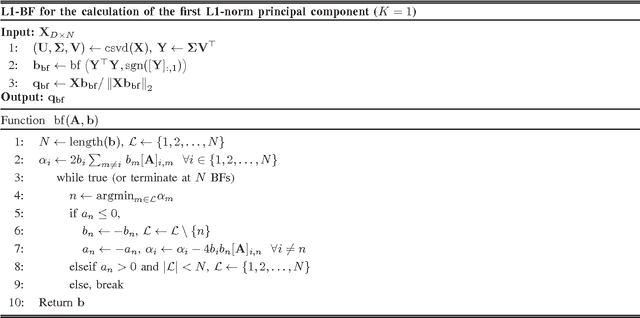
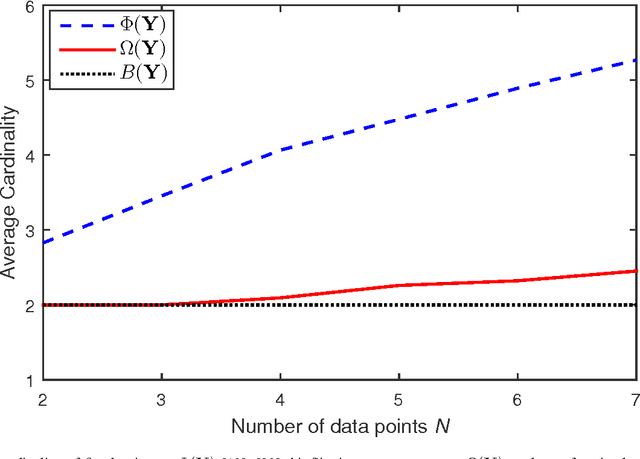
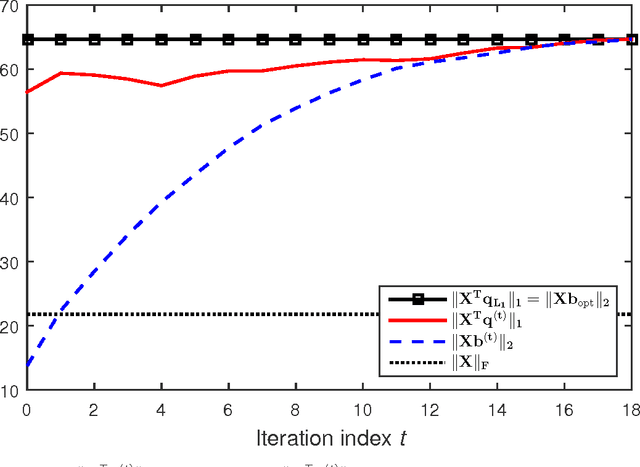
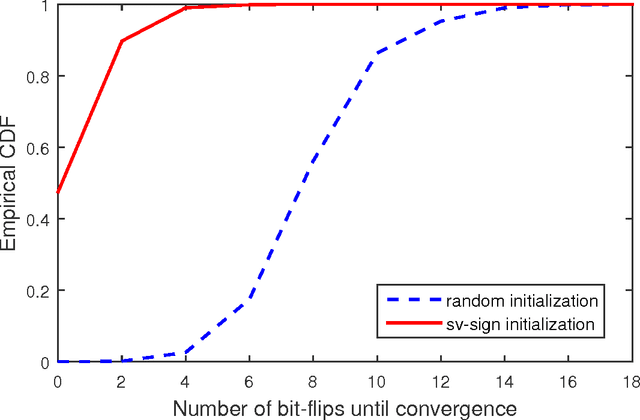
Abstract:It was shown recently that the $K$ L1-norm principal components (L1-PCs) of a real-valued data matrix $\mathbf X \in \mathbb R^{D \times N}$ ($N$ data samples of $D$ dimensions) can be exactly calculated with cost $\mathcal{O}(2^{NK})$ or, when advantageous, $\mathcal{O}(N^{dK - K + 1})$ where $d=\mathrm{rank}(\mathbf X)$, $K<d$ [1],[2]. In applications where $\mathbf X$ is large (e.g., "big" data of large $N$ and/or "heavy" data of large $d$), these costs are prohibitive. In this work, we present a novel suboptimal algorithm for the calculation of the $K < d$ L1-PCs of $\mathbf X$ of cost $\mathcal O(ND \mathrm{min} \{ N,D\} + N^2(K^4 + dK^2) + dNK^3)$, which is comparable to that of standard (L2-norm) PC analysis. Our theoretical and experimental studies show that the proposed algorithm calculates the exact optimal L1-PCs with high frequency and achieves higher value in the L1-PC optimization metric than any known alternative algorithm of comparable computational cost. The superiority of the calculated L1-PCs over standard L2-PCs (singular vectors) in characterizing potentially faulty data/measurements is demonstrated with experiments on data dimensionality reduction and disease diagnosis from genomic data.
Some Options for L1-Subspace Signal Processing
Sep 04, 2013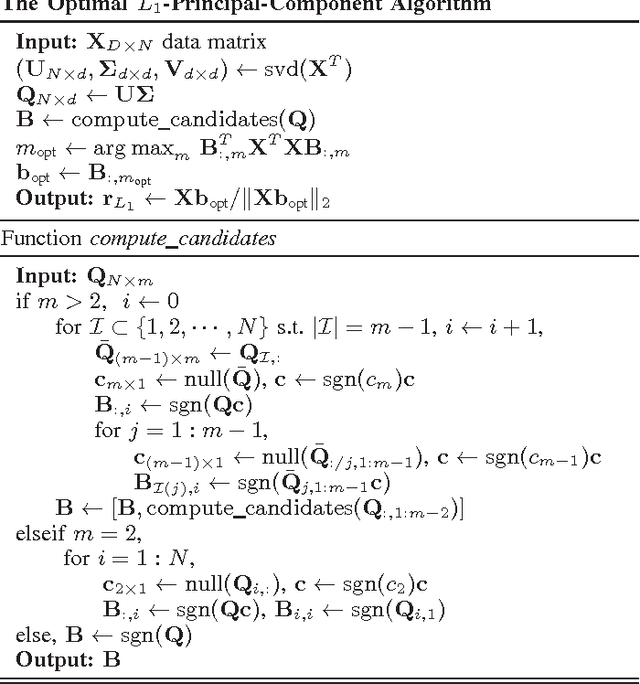

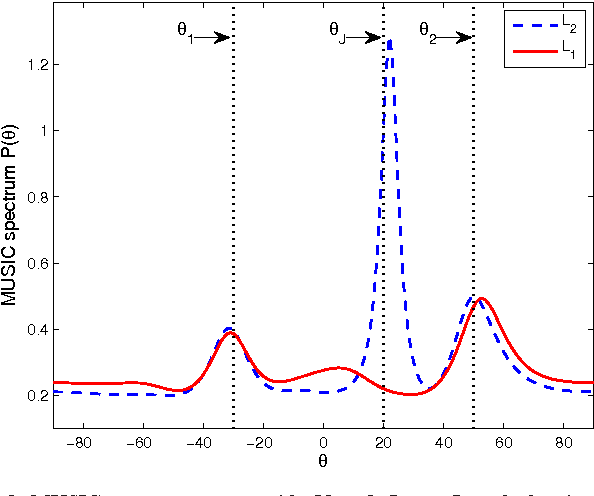
Abstract:We describe ways to define and calculate $L_1$-norm signal subspaces which are less sensitive to outlying data than $L_2$-calculated subspaces. We focus on the computation of the $L_1$ maximum-projection principal component of a data matrix containing N signal samples of dimension D and conclude that the general problem is formally NP-hard in asymptotically large N, D. We prove, however, that the case of engineering interest of fixed dimension D and asymptotically large sample support N is not and we present an optimal algorithm of complexity $O(N^D)$. We generalize to multiple $L_1$-max-projection components and present an explicit optimal $L_1$ subspace calculation algorithm in the form of matrix nuclear-norm evaluations. We conclude with illustrations of $L_1$-subspace signal processing in the fields of data dimensionality reduction and direction-of-arrival estimation.
 Add to Chrome
Add to Chrome Add to Firefox
Add to Firefox Add to Edge
Add to Edge